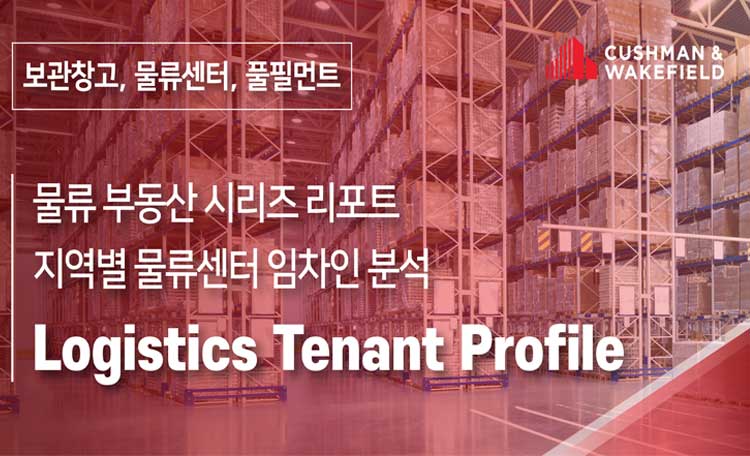The Northeast region of SMA(Seoul Metropolitan Area) has had a limited supply of logistics centers due to legal regulations such as the designation of the metropolitan maintenance area and military facility protection zone, and only 1.4% of SMA's logistics centers is in the northeastern area. Existing logistics centers are mainly located in Namyangju City, which is adjacent to Seoul, and are the delivery bases for industries such as franchise logistics, food wholesale and courier services that require fast, multi-trip deliveries to the northeastern SMA
It is planned to supply a large-scale logistics center of 450k py by 2026, which is about 3.8 times more than the existing supply. Due to the worsening investment environment, only four projects, 88k py, have begun, and construction that has not started appears to bump into a completion delay or project cancellation. Therefore, the supply will significantly decrease compared to the plan. With the planned opening of the Yangju-Gimpo section of the 2nd Capital Region Ring Expressway, lots of new logistics centers are planned along the route, and the development of several new cities such as Okjeong New Town and Gosan District is underway, which are expected to absorb last-mile demand.
F&B companies occupy the most space (about 28%), followed by e-commerce, manufacturing, and distribution. Ottogi Logistics Service and Lotte Chilsung Beverage operate regional bases that deliver products to discount stores and wholesale and retail stores in nearby areas, and Coupang's Rocket delivery base, which provides fast delivery to people living in the northeastern part of Gyeonggi
Province, is also located there. In addition, there are logistics bases for Hyundai Mobis and Samsung Electronics' parts distribution centers, as well as Emart 24 and GS Networks, which deliver to convenience stores.
There has been a lot of interest in automation to overcome the burden of excessive labor costs. However, high daily volume fluctuations reduce the utilization rate of automated facilities, South Korea’s excellent workforce productivity reduces the effectiveness of automation, and the lack of domestic logistics automation technology delays the construction of automation centers. As a result, the value of a logistics center that is well located close to workplaces and has the structure/facilities to facilitate a large workforce will become more important.
Given Korea's population/labor market, which is gradually becoming more elderly due to a declining birthrate and a relatively large gender wage gap, it is expected that logistics centers will increasingly use older and female workers. To ensure the smooth recruitment and operation of older and female workers, it will be essential to locate near residential areas with good proximity to workplaces, and to provide break rooms and cafeterias, parking, and transportation amenities.
Logistics Tenant Profile # 15 Northeastern Seoul Metropolitan Area – The Last Frontier in SMA
Carter Kim • 27/05/2024
RELATED Insights
Research • Economy
2025 Korea CRE Market Outlook Report
The office sector demonstrated strong performance, supported by stable rents and yields, while the logistics sector continued to see transactions involving prime centers and NPLs, despite ongoing oversupply challenges.
Suki Kim • 18/12/2024

Insights • Investment / Capital Markets
Logistics Tenant Profile # 14 Gyeonggi Gwangju – Urban Logistics Battle
Gwangju, Gyeonggi has gained popularity as a logistics hub due to its excellent accessibility to major urban areas like southeastern Seoul, Yongin, Suwon, Seongnam, and Hanam.
Carter Kim • 25/03/2024

Research • Investment / Capital Markets
Logistics Tenant Profile # 13 Siheung·Ansan – Logis-City of Tomorrow
Siheung and Ansan areas can access major cities such as Seoul, Incheon, and Suwon, a densely populated area within one hour by taking advantage of the wide-area transportation network. It is emerging as a logistic base for e-commerce retailers.
Carter Kim • 26/02/2024
